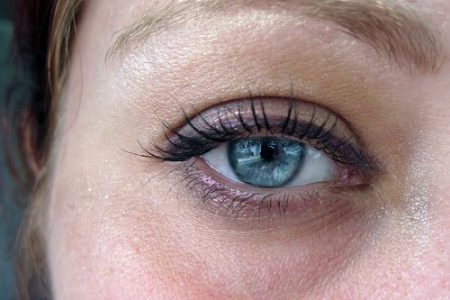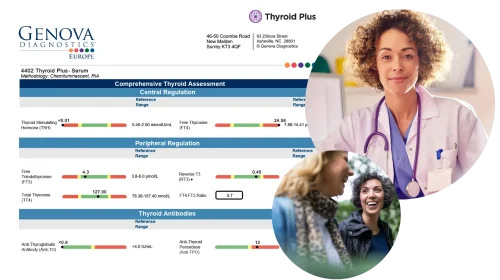Thyroid Disorders
For anyone experiencing thyroid disorders – hypothyroid in particular, it’s no secret that it can have a major impact on how you feel. Thyroid hormones affect virtually every organ system in the body. That’s because virtually every cell in the body has receptors for thyroid hormones. The thyroid gland is basically the throttle for growth and metabolism. In the dramatic picture above, a woman with hypothyroid disorder before and after treatment. Notice the swelling associated with the severely low thyroid function in the picture on the left. After medical treatment on the right, she looks much thinner, less swollen and puffy, and younger.
The Problem
The current model of addressing hypothyroid disorder, in some cases, can be overly simplistic. In most cases, people with low thyroid function eventually figure out something is wrong. They see their doctor, who tests their TSH (thyroid stimulating hormone). Then the doctor prescribes Synthroid (T4 bioidentical hormone) and almost everyone does well and improves. The T4 converts to T3 and their symptoms disappear. Unfortunately, some people do not make the expected improvement and may still not feel well. However, since they received T4, it was enough to raise their TSH to a normal level. Their doctor may tell them their labs are normal and they should feel fine.
However, there are several steps that may have been missed. Some labs, only test TSH. Elevated TSH (thyroid stimulating hormone) means you have a slow or sluggish thyroid and the body is trying to ramp up or stimulate it to produce more thyroid hormone. What’s important to understand is that there are several conversion steps which start with TRH to TSH. Then, the thyroid produces T3 and T4 and also coverts T4 to the active form, T3. Additionally, there are intracellular pathways, which cannot be measured on blood tests. Unfortunately, many labs only measure TSH. This can cause an ongoing and frustrating problem for people with low thyroid symptoms who have “normal” thyroid tests.
The Solution
The solution starts with doing more comprehensive testing to find out what is really going on. After determining the specific causes of low thyroid function, a 1-3 month-long specialized supportive protocol is used to restore thyroid function back toward normal levels. Additionally, from a wholistic perspective, it is important to consider any other factors that may have stressed out the thyroid in the first place. Anyone who wants to ensure optimal thyroid function – who may only have several mild symptoms, may potentially consider thyroid testing as well. It often takes many years of a disease process occurring until it progresses to the point that that a diagnosis can be made.
Low Thyroid Symptoms
Hypothyroid or low thyroid symptoms: always cold, weight gain, depression, fatigue, dry flaky skin, thinning hair, puffy face or extremities, periorbital edema (swelling around eyes), hoarseness, cold hands or feet, irregular sleep, joint pain or stiffness, muscle tenderness or stiffness, weakness, infertility, lack of mental acuity, pain or tingling in extremities, constipation, high cholesterol, slower heart rate, high blood pressure.







